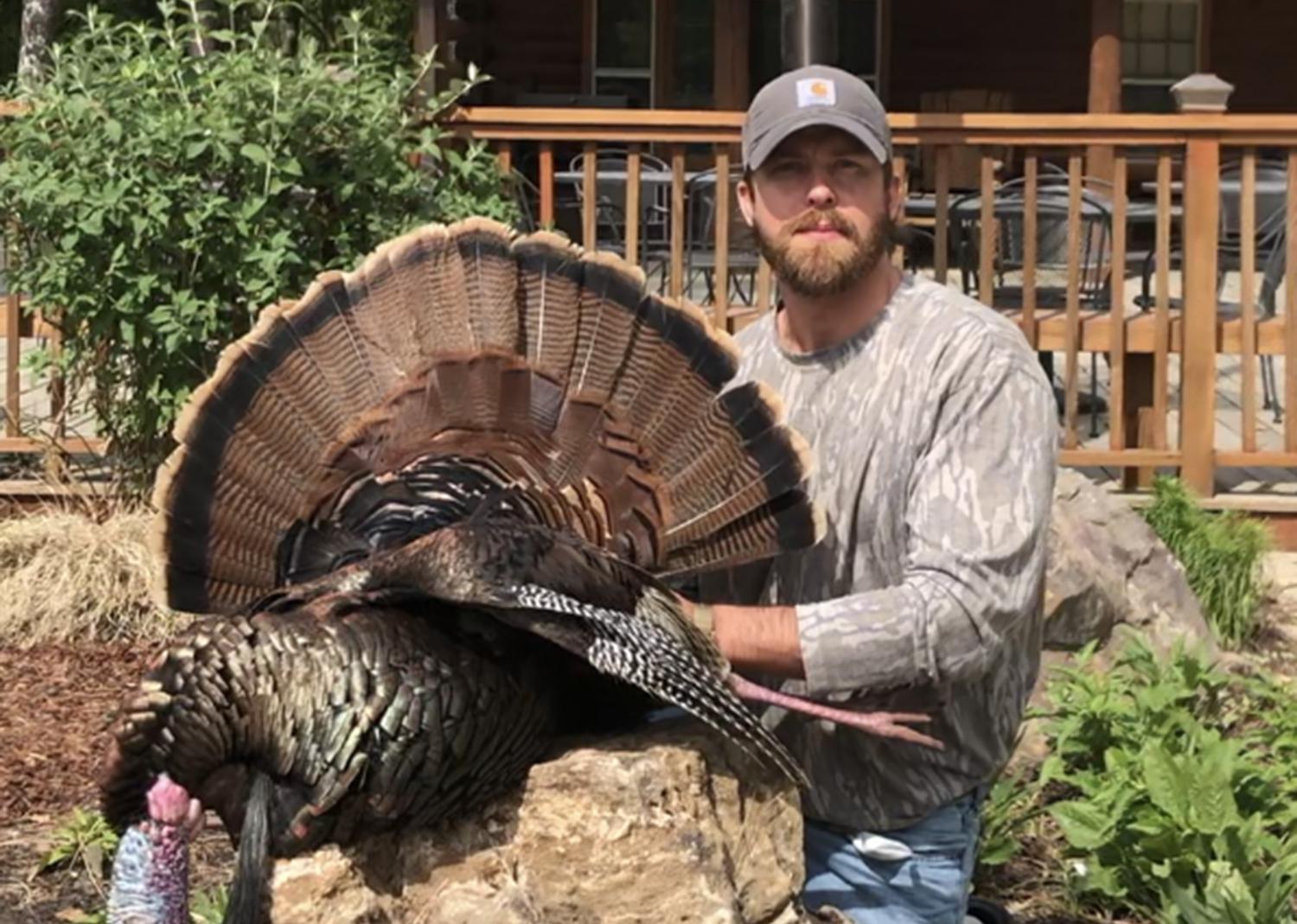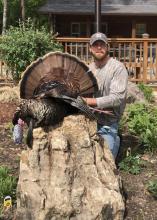Information Possibly Outdated
The information presented on this page was originally released on March 14, 2022. It may not be outdated, but please search our site for more current information. If you plan to quote or reference this information in a publication, please check with the Extension specialist or author before proceeding.
Turkey hunters have several public land options in Miss.
As the weather finally begins to change and periods of high pressure set in across the Southeast, Mississippi’s spring turkey season looms in the no-so-distant future.
During this time, many critters are beginning to change their day-to-day behavior, including turkey hunters. Whether its deer and squirrels recovering from the cold breeding season and now preparing to deliver their offspring, or the waterfowl dispersing back North, our state’s most popular game bird is just beginning to wind up for its most exciting time of year.
For those of us who gamble with the longevity of our personal relationships, sanity and much-needed sleep to chase the Eastern wild turkey, this is also the most exciting time of the year. However, for new turkey hunters or those who are new to hunting Mississippi’s public land, the process of locating areas to hunt can be quite overwhelming and sometimes discouraging.
To that end, I’ve taken the time to compile some information that can make it less intimidating to get outdoors during the spring gobbler season and enjoy the abundance of natural resources that this great state has to offer.
There are plenty of opportunities throughout Mississippi to get a taste of some of the finest turkey hunting anywhere in the Southeast, beginning March 15. To name a few of the most apparent public land, residents in the southeast portion of our state can rely on DeSoto National Forest for opportunities at an early-season strutter.
Birds in this part of the state tend to begin their breeding a little nearer to the front end of our season’s 48-day duration partly due to the earlier arrival of warmer weather and the spring green-up, which can be as many as two to three weeks sooner than the northern parts of the state. This semi-coastal national forest provides just over 500,000 acres of open-canopy pine forest habitat (primarily longleaf pine), but hunting can be difficult, as this geographic area maintains some of the highest hunter-pressure in the state, which makes for to quiet, less cooperative birds.
For residents in southwestern Mississippi, we have Homochitto National Forest, which covers an area of about 190,000 acres. It provides a good mix of upland pine-hickory habitat and bottomland hardwoods, which are excellent for turkey hunting. Homochitto has some of the greatest contiguous turkey habitat available anywhere in the state, but it has historically experienced a lot of nonresident hunter-pressure due to its close proximity to Louisiana.
In northwestern Mississippi are Holly Springs (about 150,000 acres) and Tombigbee National Forests (about 67,000 acres). Both of these public resources provide great upland oak-hickory-pine forests for turkey hunters, as well as plenty of interspersed bottomland hardwoods. These areas have consistently produced some of the highest bird numbers in the state, making it easy to find hunting options/locations.
In the Delta, hunters may enjoy some of the flattest, most fertile land in the world. Delta National Forest (60,000 acres) provides copious amounts of bottomland hardwoods surrounded by agriculture and river corridors. However, turkey populations in the Mississippi Delta are considered to have some of the lower abundances and densities due to the volume of open landscapes and lack of nesting cover, which often results in lower nest success and numbers of mature toms. All that said, sustainable populations of turkeys do exist in these areas, and there is plenty of opportunity if you can access it.
In central Mississippi, hunters may be more inclined to travel east to one of the more-centralized national forests of the state. Bienville National Forest provides almost 180,000 acres of excellent turkey habitat and may be the right ticket for you to get your hunting fix. It’s important to note that Bienville Wildlife Management Area is open only to applicants who were fortunate enough to draw a permit during the first two weeks of the season.
Knowing when, where and how to access different areas of a national forest is one of the most limiting factors when hunters are ready to face the odds. Taking a day or two in advance to visit an area, scout the landscape and familiarize yourself with the area and its requirements can make all of the difference.
Some public lands may vary in their regulations (start dates, etc.) and requirements, based on whether or not they are a national forest, wildlife management area, or national wildlife refuge. Generally speaking, this is what it looks like:
- National forests are overall public property of a particular region, regulated by the federal government (U.S. Forest Service); an example is Bienville National Forest.
- Wildlife management areas are subsets of more intensely managed public land nestled within a national forest that is leased from the federal government by the state and regulated by the state (Mississippi Department of Wildlife Fisheries and Parks); examples are Caney Creek, Bienville, and Tallahala Wildlife Management Areas, all within Bienville National Forest.
- National wildlife refuges are also federally regulated public land, but these areas are managed by the U.S. Fish and Wildlife Service and are typically the most restrictive in terms of harvest regulations.
Don’t let this deter you from your next hunt. There are kiosks strategically placed around and throughout each of our state’s various public lands that provide maps and other information to aid hunters with identifying and analyzing access. During this special spring season, take advantage of our state’s wonderful heritage and natural resources to plan your next outdoor activity, while making safety, comradery and fair chase your top priorities.

Editor’s Note: Extension Outdoors is a column authored by several different experts in the Mississippi State University Extension Service.






